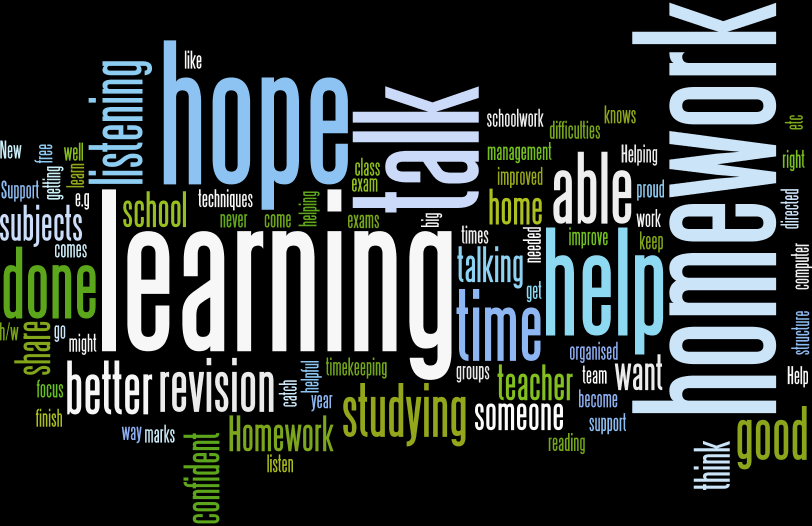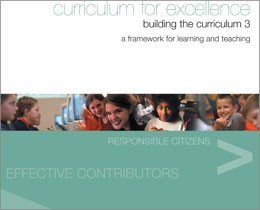This week saw the start of the learning conversations.
Students in S3 used a self-evaluation wheel (similar to that used for PRD) to reflect on the strengths and areas for development in their learning. They pinpointed goals to improve their learning and highlighted the impact of achieving these. To assist the conversation, the student also explored the status quo: what the issue is, why something is not working and what they have tried to do already. This forms part of the coaching conversation and we thought that students coming in prepared would help us achieve our aim of 4 conversations per period. They seemed to find all this quite easy and were comfortable with it. So far so good. The conversations will show how accurate this assessment is….
Due to having to catch-up the 3rd years on the process (S3 assembly last week blew our carefully laid plans out of the water), we only completed one learning conversation rather than four. And that one conversation probably lasted about fifteen minutes. Still, Simon found that the coaching questions flowed quite naturally. He noticed that the student had a strategy already in mind, but that she found exploring the options difficult. She couldn’t see past her initial solution. Maybe the blue-sky thinking bit needs to be developed? Maybe we need to explain to kids how the options should take in a range of things that they might consider unlikely, but could solve the problem.
However, by the end of the conversation, the student had identified a way to achieve her goal and was clear about how and when she would know if she had been successful.
Mia supervised study this week. Three little blighters either didn’t have homework or didn’t have resources. Mia, very kindly, gave them an eye-wateringly difficult editorial from The Guardian to analyse (all were S3 or S4 and capable of dealing with this task) and warned them that they must come prepared for next week. The rest got on well after a spot of Shark Eye from Mrs Stewart. Mia then got on with checking emails and migrating contacts to Glow. All very efficient.
Thoughts from this week:
- how to keep to time on a regular basis?
- encourage students to think outside the box when it comes to solving their own problems.
- what to do with those who don’t have homework? That’s a problem we need to solve. Off the top of our heads, we’re thinking something news or current affairs related would be topical and relevant for all. Also news articles can be heavily differentiated – Newsround vs Time magazine for example. We could stockpile a selection in the shared area maybe? Or a batch of articles could be organised each week? Finding a range of articles covering a range of abilities might not take too long to do. One person could do it within half an hour – time would need to be provided. It could ensure the smooth running of the course for everyone else. Just a suggestion. Any others would be gratefully received.
- We think Personal Support is a clunky name. It needs to be rebranded. Answers on a postcard please.
 S1 Conversations and a visit from Rae renwick
S1 Conversations and a visit from Rae renwick





